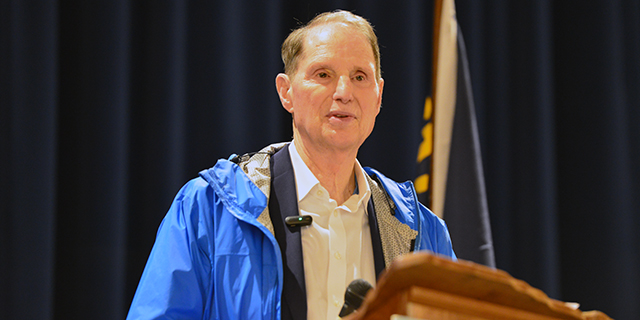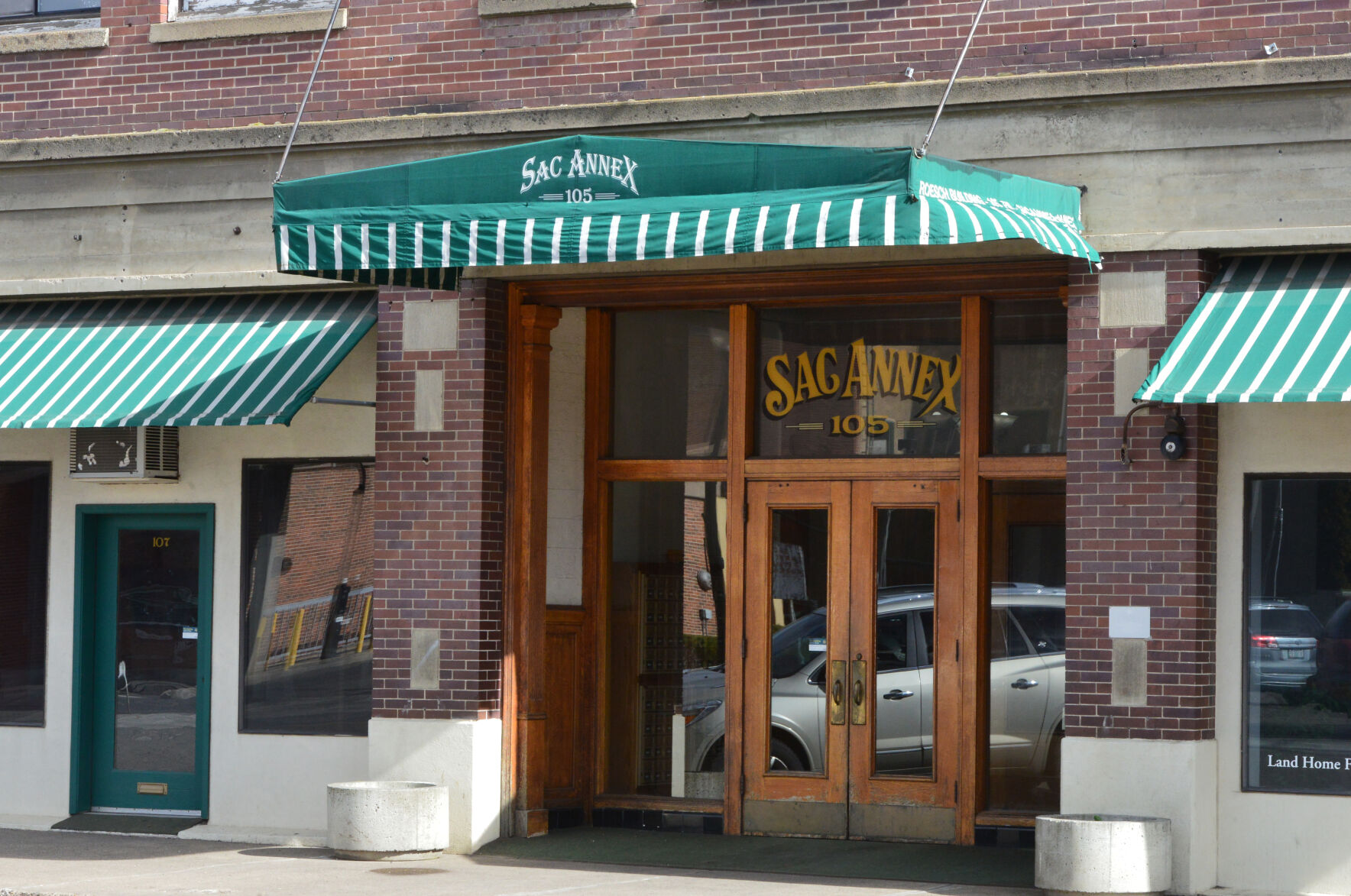From saddle to cockpit
Published 5:57 pm Wednesday, July 16, 2008

- Brock Hindman of Elgin co-pilots the "Zero-Zero" for Aero Union Corp., an aerospace business contracted by the U.S. Forest Service to make air tanker flights over wildland fires across the nation. Hindman joined the group this past March and has been fighting fires in seven states since then. His last assignment was near Goleta in southern California. - Submitted photo
ELGIN – Cattle ranching is not the only occupation that demands Brock Hindman’s time and expertise, nor is it his sole passion.
When fire season breaks out and an Aero Union dispatcher calls, Hindman sheds his dusty ranching clothes for flight overalls, packs his duffle bag and boards his second home, air tanker “Zero-Zero,” a Lockheed Martin P-3A Orion.
Hindman, who earned his bachelor of science degree in aeronautical
science in 2002 at Rocky Mountain College in Billings, Mont., is
co-pilot of the air tanker, assisting 25-year veteran pilot, Capt.
Phillip Darnell. The two pilots are airborne firefighters for Aero Union Corp., a national aerospace business headquartered at Chico, Calif., and contracted by the U.S. Forest Service to fight wildland fires across the nation.
“I’ve been out since March 28,” Hindman said during a recent visit home. “I spent two months fighting brush fires in Abilene, Texas, but I’ve also been in New Mexico, Florida, North Carolina, Georgia, Arizona and now California. Captain Darnell and I have been on a fire in Goleta now for a week. Before that it was Prescott, Ariz.”
The air tanker he flies was manufactured in 1964 and was used by the Navy as a submarine hunter, Hindman said. It’s 116 feet long with a wing span of 99 feet and cruises at 250 mph. It can carry a maximum take-off weight of 105,000 pounds.
“We can carry 2,550 gallons (about 23,000 pounds) of retardant on each flight,” Hindman said.
Aero Union Corp. has tanker bases all over the U.S. where airborne firefighters can refill their aircraft with fire retardant. Santa Barbara is the closest one to the Goleta wildfires, only a 15-minute flight from the base to the fires. The retardant that is used is a red-dyed fertilizer that not only retards the flames but buys valuable time for ground crews to follow up. “It has a gummy, sticky texture. It’s meant to slow down a fire, but it doesn’t put it out,” Hindman said. “We’re just building a line around the fire like a bulldozer would. Our efforts are only effective if a ground crew backs up what we do.”
From the tanker base in Santa Barbara, Hindman and Capt. Darnell make repeated flights to drop retardant near the coastal city of Goleta, where more than 1,600 residents had received orders on July 3 to evacuate.
“The fire burned right to the edge of town and to the hills by Santa Barbara,” Hindman said.
The air tanker’s missions are carefully planned. On a cue from the ground incident commander, the U.S. Forest Service flies its lead plane in front of the Zero-Zero like a bird dog, Hindman said.
Darnell and Hindman then gradually decrease their altitude to 150 feet at 130 knots over their target area and drop their load. On July 4, they dropped retardant along a West Camino Cielo Road community in Goleta. A visible red streak on the ground below lets the two pilots know if they’ve created the line successfully.
“The captain is the one who actually makes the drop,” said Hindman. “I assist him by running the power levers, watching for other aircraft, adding flaps or doing whatever he needs at the time. I also learn about the different techniques on how to drop retardants.”
Hindman puts in long hours on the job, six days a week with Wednesdays off, two months on and two weeks off. When he gets a call to a fire, he has no time to lose responding.
“After a dispatch comes in to a fire, we get an hour to be on our way, weather permitting,” Hindman said.
He’s currently on a two-week break at home and was back in the saddle just in time for the annual Elgin Stampede. Between driving some run-away horses out of the wheat field and getting his grandpa Billy Hindman’s stagecoach ready for the Stampede, his days on the ranch are dusty and busy. But before he knows it, he’s back in the cockpit again fighting brush and forest fires for another two months. He never knows where he’ll be called out to next.
“I live out of the airplane. I sleep in motel rooms every night, but home is the airplane,” he said. “I do miss home here and my dog, but I really like what I do.”
This is his first full year working as an aerial firefighter, and at 27 years of age, Hindman is just about the youngest pilot in the industry.
“I’ve always wanted to fly air tankers. It just took me a while to get there. Being away from home for six months out of the year takes a toll on you, but it’s a lot of fun too,” Hindman said. “While I’m out, I keep in touch with home by cell phone.”
Aerial firefighting is a satisfying job, he said, but he’s always conscious of the dangers involved.
“We approach fires very safely and try not to take any risks,” Hindman said. “We’re just trying to do our jobs and put fires out.”





